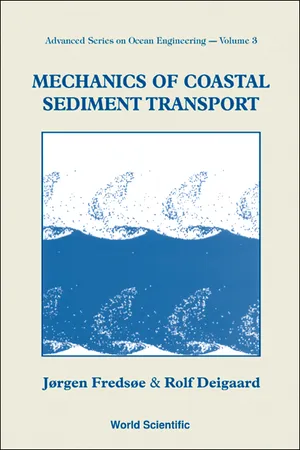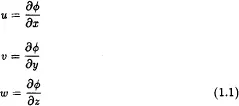
Mechanics of Coastal Sediment Transport
Jørgen Fredsøe, Rolf Deigaard
- 392 pagine
- English
- ePUB (disponibile sull'app)
- Disponibile su iOS e Android
Mechanics of Coastal Sediment Transport
Jørgen Fredsøe, Rolf Deigaard
Informazioni sul libro
This book treats the subject of sediment transport in the marine environment, covering transport of noncohesive sediment by waves and currents in- and outside the surf zone. It can be read independently, but a background in hydraulics and basic wave mechanics is required.
The primary aim of the book is to describe the physical processes of sediment transport and how to represent them in mathematical models. The book can be divided in two main parts; in the first, the relevant hydrodynamic theory is described. This part contains a review of elementary theory for water waves, chapters on the turbulent wave boundary layer and the turbulent interaction between waves and currents, and finally, surf zone hydrodynamics and wave driven currents.
The second part covers sediment transport and morphological development.The part on sediment transport introduces the basic concepts (critical bed shear stress, bed load, suspended load and sheet layer, near-bed concentration, effect of sloping bed); it treats suspended sediment in waves and current and in the surf zone, and current and wave-generated bed forms. Finally, the modelling of cross-shore and long-shore sediment transport is described together with the development of coastal profiles and coastlines.
Contents:
- Basic Concepts of Potential Wave Theory
- Wave Boundary Layers
- Bed Friction and Turbulence in Wave-Current Motion
- Waves in the Surf Zone
- Wave-Driven Currents
- Current Velocity Distribution in the Surf Zone
- Basic Concepts of Sediment Transport
- Vertical Distribution of Suspended Sediment in Waves and Current Over a Plane Bed
- Current-Generated Bed Waves
- Wave-Generated Bed Forms
- Cross-Shore Sediment Transport and Coastal Profile Development
- Longshore Sediment Transport and Coastline Development
Readership: Ocean and electronics engineers, geologists, mathematical physicists and graduate students.
Domande frequenti
Informazioni
























